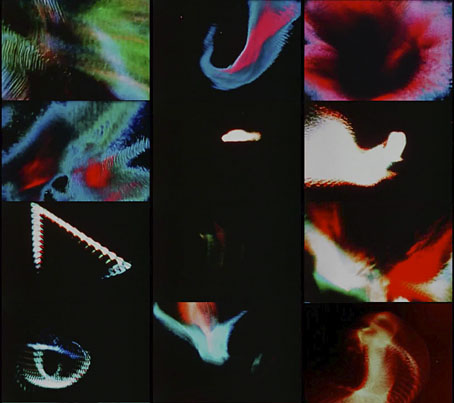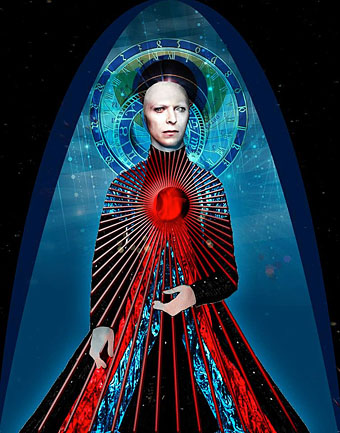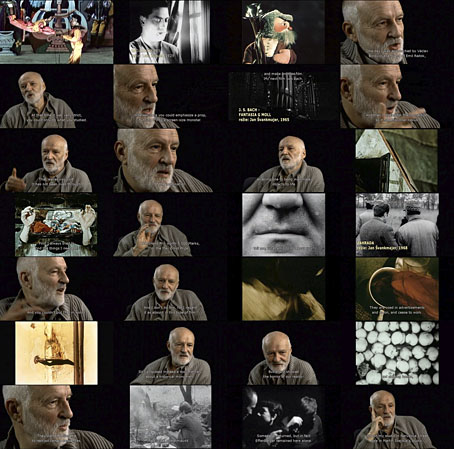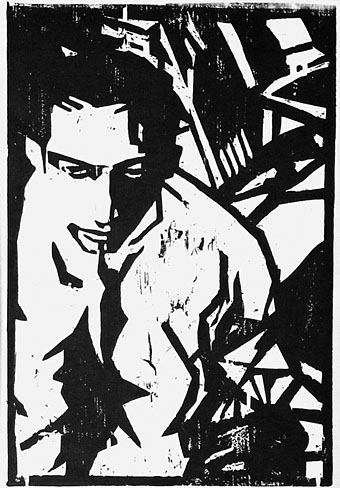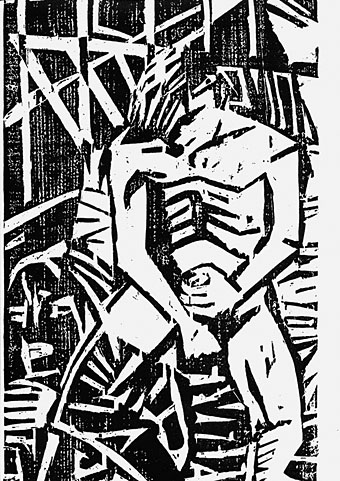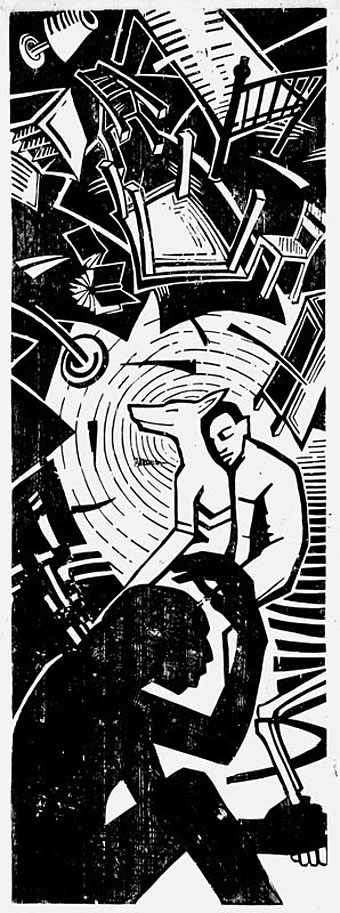In the early 1990s the UK’s Channel 4 still operated as an avant-garde television channel, broadcasting films, dramas and documentaries that the other channels would be unlikely to show. Late nights were often filled out with resolutely uncommercial fare, as was the case when Abstract Cinema was shown in 1993, a 50-minute documentary by Keith Griffiths that traced the history of abstract cinematic experimentation from the animations of Oskar Fischinger to the growing field of computer graphics. The documentary was followed by an additional 25 minutes of abstract shorts, one of which, Heavy-Light (1973) by Adam K. Beckett, is a particular favourite.
Most of Beckett’s films are free-form doodles, hand-drawn and dreamlike in their endlessly shifting and often erotic metamorphoses. Heavy-Light is different for being the product of some optical process that sends billowing waves of vivid colour blooming out of darkness. The effect is very similar to Jordan Belson’s films where the realisation is equally mysterious and the result equally (that word again) psychedelic; a bonus in Beckett’s film is the excellent score by Barry Schrader. Beckett died young at the age of 29 so there isn’t much of his work to see although a few of the animated films are also on YouTube at the moment (see here, here, here and here). They may not remain there for long so watch them while you can.
Elsewhere on { feuilleton }
• The abstract cinema archive

